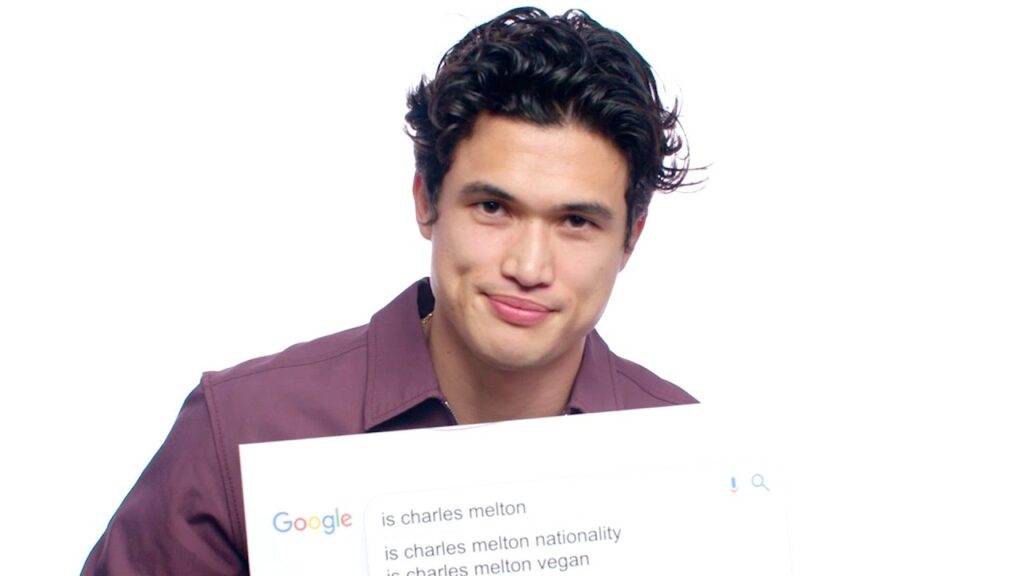The Secrets of Effective Interviewing: A Q&A with Nonverbal Communication Expert Joe Navarr
Summary
In this Q&A session with Joe Navarr, a former FBI agent and expert in nonverbal communication, we explore the myths and realities of using nonverbal cues to detect deception in interviews. Navarr reveals the keys to successful interviewing and stresses the importance of creating psychological comfort to achieve better recall from interviewees. He also cautions against relying solely on body language and provides examples of false confessions and the limitations of nonverbal cues in court.
Table of Contents
- Creating Psychological Comfort: The Key to Successful Interviewing
- The Myth of the Pinocchio Effect: Nonverbal Cues and Deception
- The Importance of Verifying Information Rather Than Relying Solely on Body Language
- False Confessions and Limitations of Nonverbal Cues in Court
- Conclusion
Creating Psychological Comfort: The Key to Successful Interviewing
Q: Can you tell us about the keys to successful interviewing?
A: One of the keys to successful interviewing is to create psychological comfort. This results in better recall from the interviewee. To achieve this, I would often sit the interviewee next to the door, create relaxation by talking in a low and slow tone, avoid looking at them too much, and using a cathartic exhale technique.
Q: How important is creating psychological pressure in an interview?
A: It is vital not to create psychological pressure. It can take hours for a person to return to homeostasis. For example, in the case of a man accused of espionage who had repeated the same story but was later found innocent. We need to be careful not to create undue pressure that affects an interviewee’s recall or leads to a false confession.
The Myth of the Pinocchio Effect: Nonverbal Cues and Deception
Q: What are some of the myths surrounding nonverbal cues and deception?
A: One of the most enduring myths is the Pinocchio effect, which suggests that lying produces observable changes in behavior that reflect deception. This is simply not true. Indicators of discomfort and stress are not necessarily indicative of deception. We need to be cautious not to misinterpret nonverbal cues and jump to conclusions about deception.
Q: Can you tell us about the female spy who was a skilled liar?
A: The female spy had successfully passed polygraph tests, and the polygraph showed a clear lack of deception. However, we eventually discovered that much of the information she provided was false. This highlights the importance of verifying information rather than relying solely on body language or polygraph tests.
The Importance of Verifying Information Rather Than Relying Solely on Body Language
Q: How reliable is detecting deception using nonverbal cues?
A: Detecting deception is not a reliable science. It is crucial to avoid making accusations of lying based solely on nonverbal cues. We need to verify information through independent sources, corroborate stories, and rely on evidence-based investigation techniques to build a complete picture of what happened.
Q: What is your view on the prevalence of lying in social situations?
A: Everyone lies. We all deceive others to some extent, whether it be to avoid hurting someone’s feelings or to gain an advantage. However, most lies have little long-term impact, and our brains are wired to accept a certain level of deception in our interactions with others. When we detect deception, we need to understand what is driving it and determine what steps to take next.
False Confessions and Limitations of Nonverbal Cues in Court
Q: Can you share any examples of false confessions?
A: 25% of the 261 DNA exonerations from the last few decades were willing to admit to a crime just to stop the interview process. This is a fact that I find very alarming. It sheds light on the limitations of nonverbal cues in court and the need to corroborate information through other means.
Q: How do nonverbal communications fare as evidence in court?
A: Nonverbal communications cannot use as evidence in court. While they can be helpful in investigations, it is crucial to verify information independently and present reliable evidence during trials. We cannot rely on nonverbal cues alone to determine guilt or innocence.
Conclusion
In conclusion, Joe Navarr has dispelled some of the common myths surrounding nonverbal cues and deception in interviews. He has stressed the importance of creating psychological comfort and avoiding psychological pressure during interviewing. Navarr has also emphasized the need to verify information rather than relying solely on body language and cautioned against making accusations of lying based solely on nonverbal cues. Ultimately, we need to understand the limitations of nonverbal cues and employ evidence-based investigation techniques to build a complete picture of what happened.






